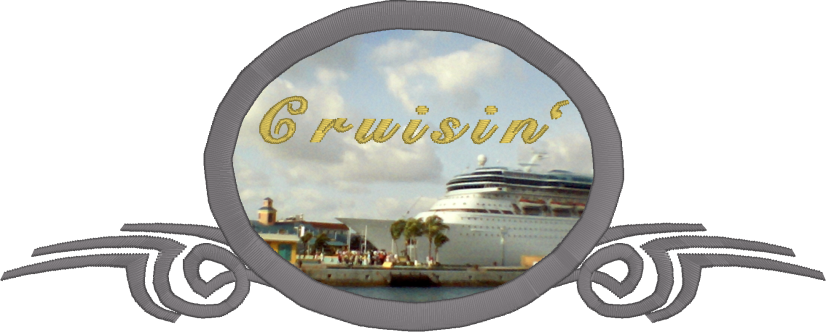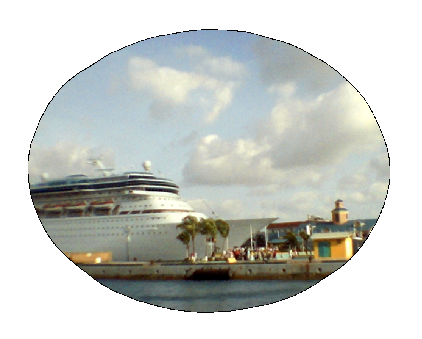1. Use an
image such as a photograph or fabric swatch inside the applique shape.
2. Create a print that is cropped to the outline, making it easy to hand-cut pre-cut appliques.
3. 
4. Print the cropped image on printable fabric or transfer paper for the effect of combined photography and embroidery.
5. 
6. Inflate the shape of the outline. When digitizers create a design that will be hand-cut in the hoop, they know that the embroiderer won’t cut exactly at the line of stitching. So when they make the ‘Material’ run, they often simply duplicate the ‘Position’ run – same size, etc. This creates an issue for Pre-Cut Applique as the ‘Material’ stitching will not catch the applique – it is exactly the same size. Using the ‘Inflate’ when saving for cutting machines will create an applique that slightly hides the ‘Position’ and can be held in place by the ‘Material’ stitching.
7. The ‘Position’ is usually a simple enough set of stitches to be processed into output for an automatic cutting machine. These machines will take a file and use that to cut the fabric. Having cut the applique beforehand makes the embroidery process much more rewarding.
The software analyzes the shapes created by the Position stitches and then creates a simpler output for the cutters, and saves it to their file. .FCM for Brother Scan ‘n Cut and the .studio Silhouette products, along with .SVG and .PLT files can be saved. Nearly every cutter can make use of one or more of these formats.
Save the cut file and send it to your machine according to the manufacturer’s instructions.
Generally speaking, applique steps are;
1. Set the colors as needed.
2. Save the cut file.
3. Save the design file (working and stitch)
4. Cut the applique.
5. Embroider the design.
Alternately, you can still use the image in a print process, and pre-cut the applique by hand. There are a lot of options!